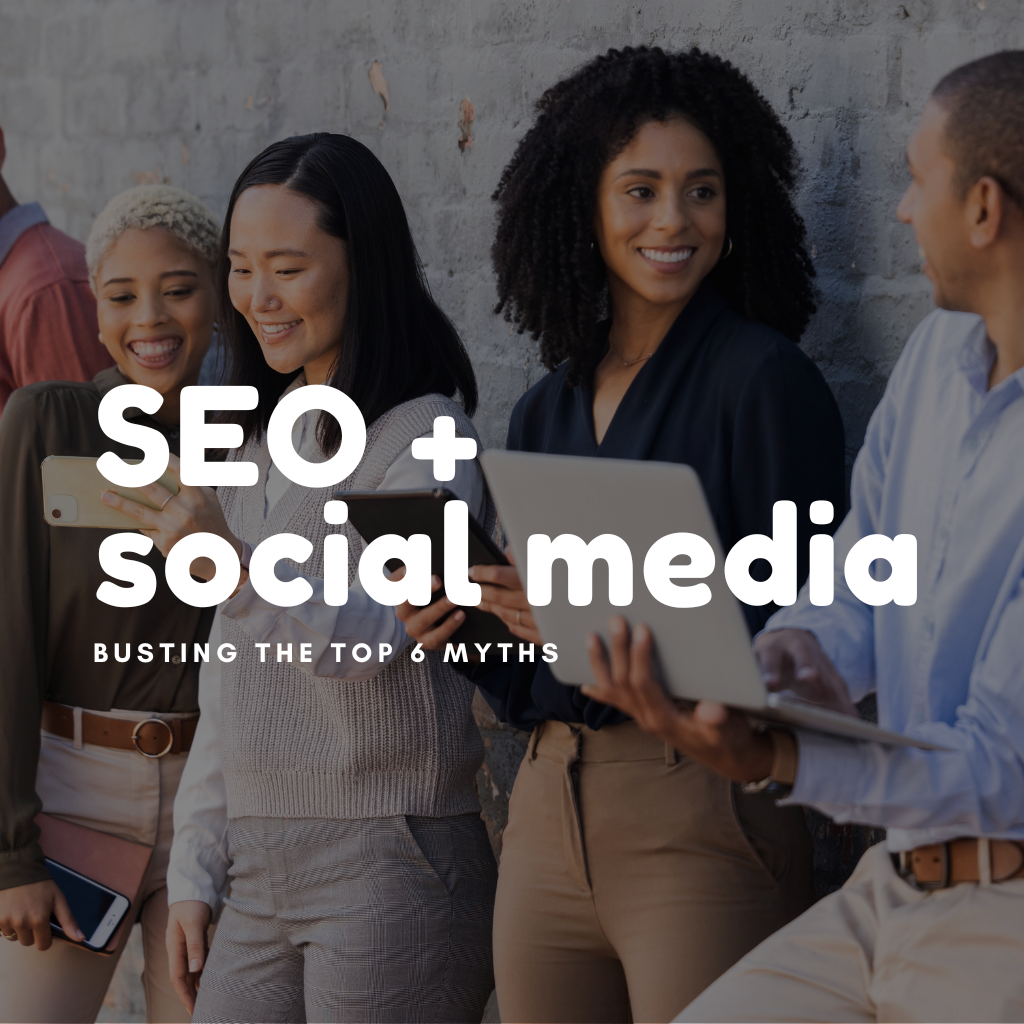When I first started out in the digital world SEO didn’t exist. Not too long after SEO was a technique of adding a bunch of “keywords” in white font on the white side rails of a website.
It wasn’t even really called SEO, it was just the way you could ensure your clients appeared in the first spot of search result pages, and no one wanted to pay for it.
Things have changed A LOT, but SEO is still something that people have a lot of questions about and think is really hard.
It’s also something that keeps changing and evolving just like the search algorithms. Just because you knew how to do SEO 3 years ago doesn’t mean you know how today.
Frustrating isn’t it? I think it’s fun, but it’s what I choose to do for a living and do it all day everyday. If I didn’t I would be lost too.
So, let me help by answering the questions I get a lot after I’ve earned someone’s trust because people are too scared or embarrassed to answer. Hopefully it’ll help you out too.
The Top 13 SEO Questions You Were Too Embarrassed to Ask & the Answers to Them
1. What is SEO?
SEO stands for search engine optimization. It refers to methods used to make your website visible in organic search results.
SEO allows your target audience to find your website via search engines like Google and Bing. This can be either your brand’s name or main services/products or via questions that people are searching for that you answer in your blog posts.
2. What are meta descriptions and why do they matter?
A meta description is simply a synopsis of what is contained on a page / post and invites people to visit it.
Think of them as ad copy that tells people about the content.It is text that should be ~160 characters that appear below the page (meta) title you see in the search engine results page.
Meta descriptions matter because they make people searching want to click through to your site. If they follow the character count rules and are interesting they can significantly increase the number of qualified visitors to your page / post.
3. Should my domain name include keywords?
Making sure your domain contains an important keyword used to be a part of your SEO strategy.
However, having a keyword in your domain now doesn’t matter. It matters more now to have a short URL and one easily remembered / typed. Ideally it’s your company / organization’s name.
4. The more pages / posts I use 1 keyword on the better, right?
Unfortunately, no. Every page / post should have a unique keyword assigned to. Otherwise you are competing with yourself to rank for that keyword.
There is one exception to this rule. Your homepage and about page can be optimized for the same keywords. Also, your brand name keyword can be used on your homepage, about page and contact page. That’s it.
5. What’s the difference between internal and inbound links?
You’d think they would be the same but they aren’t. Inbound links are links from other sites to yours – think about it like a train.
The train is inbound to the station (your website).Internal links are links from one page / post on your site to another. Related blog posts or products are a great example.
Both are extremely important for SEO and can significantly boost your Domain Authority and overall rank.
6. How many internal links do I need on each page of content?
There isn’t a magic number. It’s about context and relevance. If a link to another piece of content on your site enhances a visitor’s experience or provides relevant information then add it.
If you are just adding links to add links, don’t.
7. Do I need to know code to do SEO myself?
For 95% of SEO tactics, you don’t need to code to do SEO by yourself. There are technical SEO tactics that depending upon your comfort level may require you to utilize an SEO expert or a developer to implement them.
Schema implementation is one, but most CMS’ nowadays (WordPress, Shopify and Magento) all have plugins that take care of it for you.
The other big one is associated with your page speed score from the Core Vitals requirements/reports you will need a developer to clean-up your JavaScript and CSS.
8. What is robots.txt?
This is a URL generated by your site’s CMS that provides rules to search engines about what pages they should and shouldn’t crawl.
For example if you run an eCommerce site you don’t want the pages in your checkout funnel crawled.
You can find this page by adding “/robots.txt” to the end of your homepage URL.(Ex: YourDomainName.com/robots.txt)
9. What is the sitemap.xml file for?
Consider this URL a table of contents or map of the pages on your site specifically for the search engines to read and index.
It gives the search engines a full accounting of every page you want indexed in the format they want it.
10. What is the difference between a page/post being indexed vs. crawling?
Having a URL indexed means a search engine has seen a page and decided it was worthy of being shown in search engine result pages for certain searches.
Not all of your content will be deemed worthy to be indexed (shown) nor is all your content marked to be indexed.
Remember your site sitemap.xml is the list of content you want the search engines to index. Crawling is the method in which search engines look at your site. The search engine algorithm needs to crawl your site to index your pages / posts.
11. What’s a good goal to set for your SEO?
When setting goals for SEO, think about incremental growth to your website engagement metrics (Reducing bounce rate, increasing time on page, increasing goal conversions, increasing the number of pages seen per visit, etc.).
It’s about increasing the quality of the visit, not necessarily the overall amount of traffic. When you start to execute a true SEO strategy, your overall visits to the site will decline initially, but the quality of the visits will increase.
Over time you will increase both, but it’s very common and expected to see overall traffic decrease for 1-3 months.
Other things to measure are Domain Authority and seeing the movement on the rank for important keywords. You want to see both the trend lines on these increasing very slowly month-to-month.
SEO isn’t your quick fix. It’s about building the foundation of the house solidly so you can keep adding additions to it.
Over time the value of your home only increases as you make smart choices with renovations that enhance your property’s value.
12. Has SEO changed in the last few years?
Yes. That simple answer is also the understatement of the century.
The main change to know about is called “Core Vitals” which focuses on page speed (you MUST be optimized for mobile visits).
Stay tuned here to learn about the latest and greatest changes as they have/will happen.
13. How long will it take for SEO to work?
That is the million dollar question, and a great way to vet if someone is an actual white hat SEO expert.
The answer is no one can tell you that because it depends upon:
- How quickly the search engines come to re-crawl your site after you have fixed SEO items or launched new content
- How fast your site loads – aka how high your Core Vitals score is
- Your Domain Authority
- How much traffic your site gets generally and how much your site/content is shared on Social Media platforms
- How well overall your domain follows SEO best practices
- If your domain and content overall is considered quality
- How old your domain is
But, what about timing and expectations?
Fixing Tech SEO issues
It will increase your traffic, Domain Authority and ranking more quickly than “On Page”/Content SEO tactics. These updates can be seen in 1-3 months.
Content Optimization
Link-building and all other SEO methods take longer to appear, and are really your medium-long term goals.
Quality traffic increases to your site, Domain Authority and rank can start moving within 2 -3 months but your increases will be incrementally small and you will have to wait 6 months to a year to see large gains.



